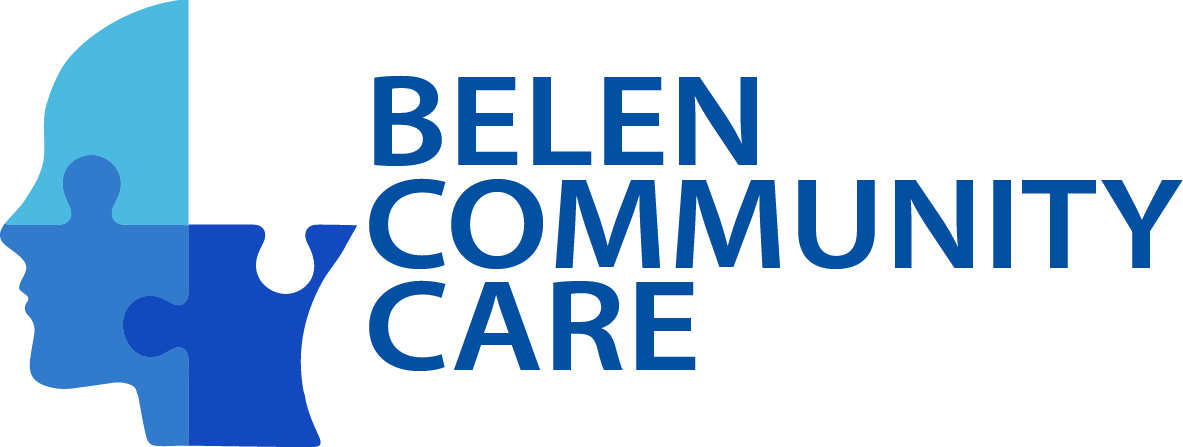
Dysthymia, now called persistent depressive disorder or PDD, is a mood disorder. It is related depression (major depressive disorder). The difference between the two is in the number of symptoms and the amount of time that they last. Someone diagnosed with PDD would experience two to four of the symptoms below for at least two years with no periods of wellness during that time, while someone diagnosed with major depressive disorder would experience five or more of the symptoms below for at least two weeks.
Statistics on Dysthymia
While the depressed mood experienced with dysthymia is not as severe as major depressive disorder, a diagnosis of dysthymia requires having experienced a combination of depressive symptoms for two years or more.
According to the National Institute of Mental Health (NIMH), dysthymia affects approximately 1.5% of the adult population in the United States. 49.7% of these cases are considered “severe” and the average age of onset is 31 years.
Dysthymia can affect children and adolescents. Data from NIMH shows that depressive disorders (major depressive disorder or dysthymia) affect approximately 11.2% of 13 to 18-year-olds at some point during their lives, and that girls are more likely than boys to experience a depressive disorder.

Causes of dysthymia
The exact cause of dysthymia is unknown, but as with major depressive disorder it may include more than one cause, including some of the following:
- Brain chemistry – a number of brain regions have been implicated in dysthymia.
- Genetics – having a first degree relative with a depressive disorder increases the risk.
- Environmental/life events – loss of a parent during childhood, traumatic events such as loss, financial problems, and high levels of stress can trigger dysthymia.
- Personality traits that include negativity – low self-esteem, pessimistic, self-critical, dependent upon others.
- History of other mental disorders.
Symptoms of dysthymia
The essential feature of dysthymia is a depressed mood that occurs for most of the day, for more days than not, for at least two years for adults or one year for children and adolescents.
Symptoms of dysthymia can come and go over time, and the intensity of the symptoms can change, but symptoms generally don’t disappear for more than two months at a time.
Symptoms of dysthymia can include:
- Poor appetite or overeating
- Loss of interest in daily activities
- Insomnia or hypersomnia
- Low energy or fatigue
- Low self-esteem, self-criticism, or feeling incapable
- Poor concentration or difficulty making decisions
- Feelings of hopelessness
- Decreased activity and/or productivity
- Social isolation
- Irritability or anger
- Sadness or feeling down
- Feelings of guilt
- In children, depressed mood and irritability are often primary symptoms.

Treatment of dysthymia
Due to the chronicity of symptoms, people sometimes feel like persistent sadness is just part of life. If you do experience symptoms of dysthymia, it’s important to seek treatment.
A great first step is to get a physical evaluation from your primary care physician to rule out any potential medical causes of the symptoms. Keep a log of your symptoms over a few weeks to help your doctor gain a better understanding of how the symptoms impact your daily living.
The two main treatments for dysthymia include medication and psychotherapy, but your treatment plan will depend upon factors such as severity of the symptoms, your preferences, your ability to tolerate medications, and previous mental health treatment. For children and adolescents, psychotherapy is the first recommendation.
Medications
The types of antidepressants most commonly used to treat dysthymia include the following:
- SSRIs (Selective serotonin reuptake inhibitors)
- TCAs (Tricyclic antidepressants)
- SNRIs (Serotonin and norepinephrine reuptake inhibitors)
It’s important to ask your doctor for detailed information about any potential side effects of medication and to discuss any history of suicidal thoughts or attempts. Though antidepressant medications can cause uncomfortable side effects for some, you should never abruptly stop taking these medications. Always consult your prescribing physician before making any changes to medication
Psychotherapy
Talk therapy, or counseling, is a general form of treating dysthymia by discussing your symptoms and how they impact your life with a mental health provider. There are many benefits to psychotherapy, including:
- Crisis and symptom management
- Identifying triggers that contribute to your dysthymia and coping strategies to manage them
- Identifying negative beliefs and replacing them with positive ones
- Learning adaptive problem solving skills
- Exploring ways to build positive relationships with others
- Improving self-esteem
- Learning to set and attain personal goals
There are different kinds of psychotherapy available, and many people require a combination of treatments. Talk to your mental health provider about the following options:
- Cognitive Behavioral Therapy (CBT)
- Family therapy
- Group therapy
- Process oriented talk therapy
Lifestyle changes
Any treatment plan for dysthymia should include healthy changes in lifestyle, including:
- Establishing healthy sleep patters
- Daily exercise
- Nutrition
- Assistance with life skills, as necessary
While there is no “cure” for depressive disorders, people living with dysthymia can live happy and fulfilling lives. Symptoms can ebb and flow over time, but creating a solid support system and seeking professional help will help you along your journey to recovery.
Leave a reply










Leave a reply